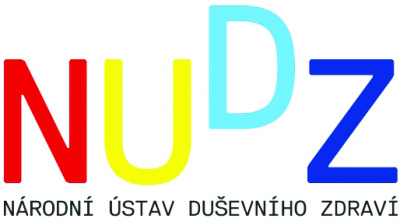Přenosný dynamický pupilometr pro vzdálenou diagnostiku v psychiatrii (PEBDI)
Popis této technologie je pouze v jazyce Angličtina. Více informací.
Popis technologie
| Název technologie: | Přenosný dynamický pupilometr pro vzdálenou diagnostiku v psychiatrii (PEBDI) |
|---|---|
| Motivace: |
Simple measurement of complex pupillary biosignals by means of dynamic pupillometry may represent a proxy for brain function dynamics otherwise detectable solely by fMRI. Thus, pocket-sized low-cost devices like pupillometers might provide insight into the brain function and potentially allow for detection of relapse predictors or other changes in the clinical state. In this respect, bedside PEBDI measurement might replace expensive examinations based on extremely sophisticated fMRI infrastructure. The main advantage of the device in question lies in longitudinal, diagnostic and remote patient monitoring. Our device can be delivered directly to patient’s home for long-term monitoring and wireless data centralization. |
| Popis: |
Dynamic pupillometry is a method to measure a pupillary response to light stimuli or spontaneous pupillary activity (pupillary hippus). Both these phenomena have been linked to cognitive load (Piquado, 2010), vegetative tone (Turnbull, 2017), circadian regulation (Münch, 2012), or low-frequency components of brain activity (Yellin 2015). As such, the method represents an opportunity for non-invasive monitoring of various neurophysiological parameters and potentially the clinical state of patients suffering from various neurological and psychiatric disorders. In general, pupillary dynamics represents a set of easily accessible and measurable biosignals. These physiological functions are governed by central generators and may therefore directly reflect disruptions or major changes in the function of the central nervous system. |
| Komerční využití: | To the best of our knowledge, no portable device used for unassisted pupillary home-monitoring in neurological or psychiatric disorders exists to date. Thus, the main advantage is the potential generation of a brand-new market. The innovative application of long-term monitoring in psychiatry could generate novel approaches to monitor the disease state, disease progression or recovery. Moreover, e-health solutions in psychiatry are very scarce despite the current trends towards decentralized care in the home environment. |
| Status IP ochrany: | No patent or other IPR protection has been filed to date. The details of the project including the core idea have not yet been published or publicly disclosed. |
| Fáze vývoje technologie: |
Klinické testy |
| Strategie pro hledání partnera: | Investice Licencování Spolupráce |
| Další informace: |
Münch et al. (2012). Circadian and wake-dependent effects on the pupil light reflex in response to narrow-bandwidth light pulses. Yellin et al. (2015). Coupling between pupil fluctuations and resting-state fMRI uncovers a slow build-up of antagonistic responses in the human cortex. Turnbull et al. (2017). Origins of pupillary hippus in the autonomic nervous system. Bullock et al. (2019). Traits related to bipolar disorder are associated with an increased post-illumination pupil response. |
| Ilustrační obrázky: | Žádný obrázek není vložen |
| Kategorie: | Výzkumné nástroje Diagnostika Věda o životě a zdraví |
| Vlastník technologie: | National Institute of Mental Health, Czech Republic |
